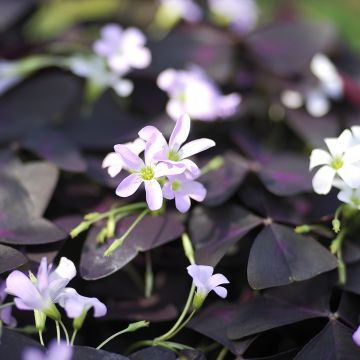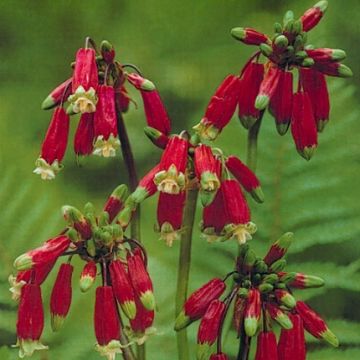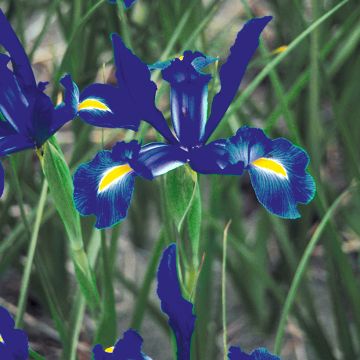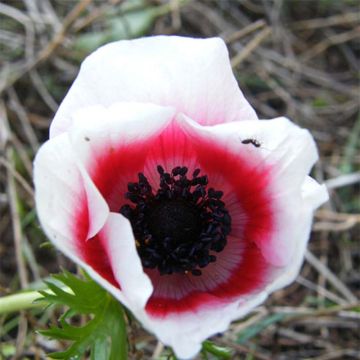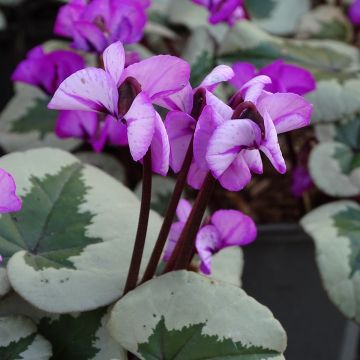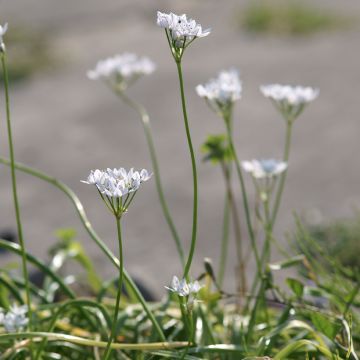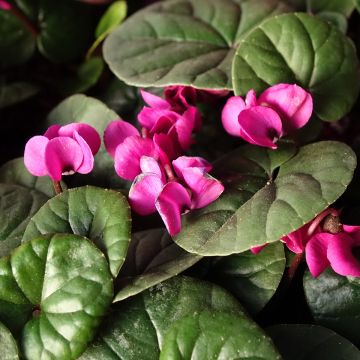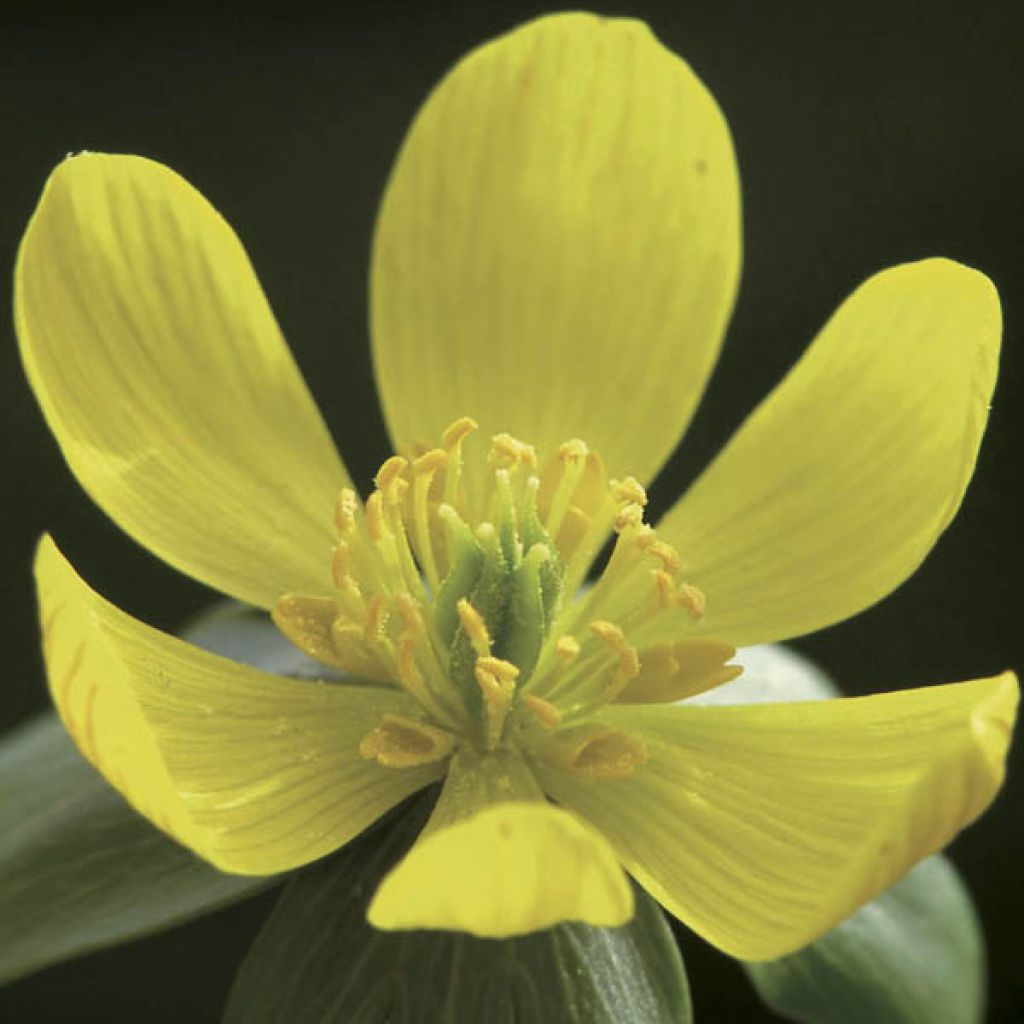

Eranthis hyemalis - Winter Aconite
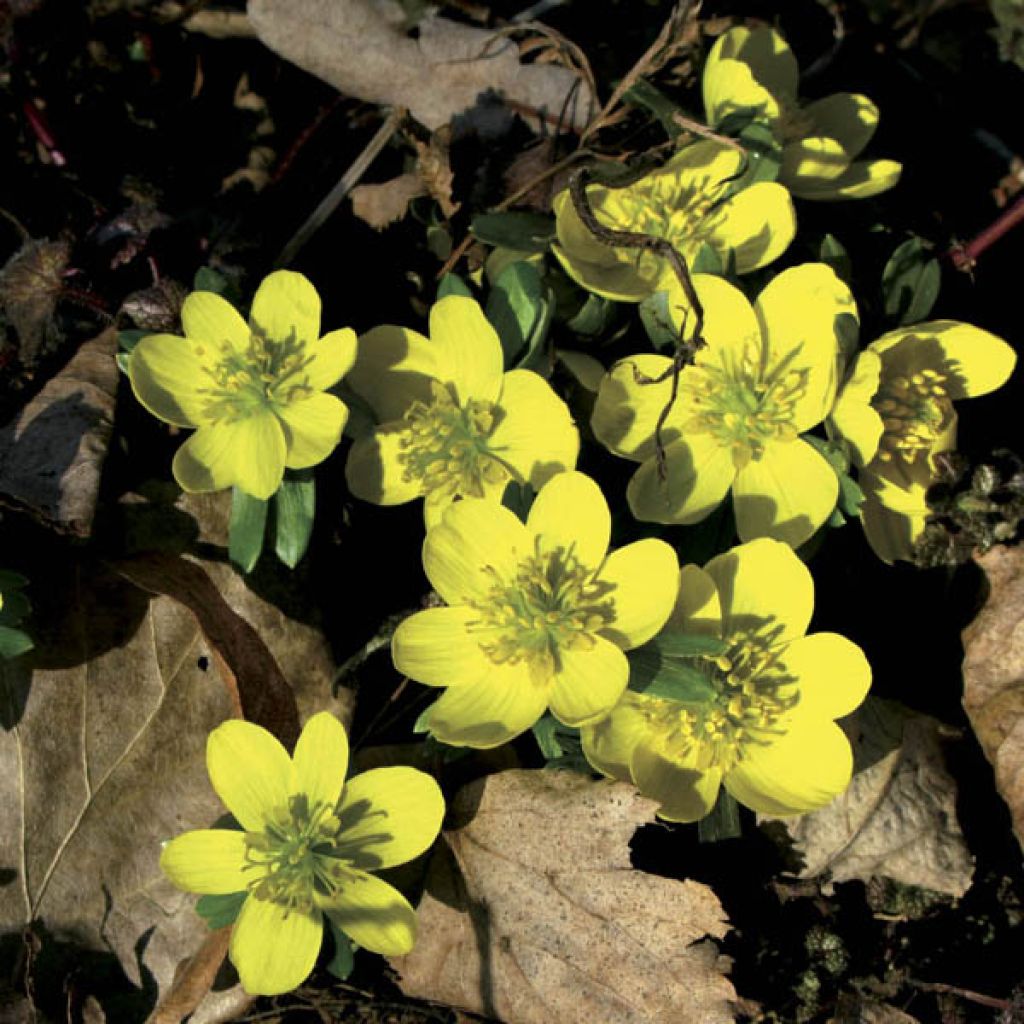

Eranthis hyemalis - Winter Aconite
Eranthis hyemalis - Winter Aconite
Eranthis hyemalis
Winter Aconite
This plant carries a 6 months recovery warranty
More information
We guarantee the quality of our plants for a full growing cycle, and will replace at our expense any plant that fails to recover under normal climatic and planting conditions.
From €5.90 for pickup delivery and €6.90 for home delivery
Express home delivery from €8.90.

Does this plant fit my garden?
Set up your Plantfit profile →
Description
The Eranthis hyemalis, also known as Winter aconite or winter hellebore, is a delightful hardy and prolific tuberous perennial, which easily naturalises and brightens up the still dormant garden with its small, bright yellow flowers, shining like little suns. The flowers bloom almost at ground level, from February onwards, often piercing through the snow before the foliage appears. Perfect in a natural or slightly wild garden, Winter aconite colonises slopes or the ground beneath deciduous trees or bushes, along pathways or in rockeries. It also allows for charming ephemeral potted displays, to fully enjoy its fragrance.
The Eranthis hyemalis is a plant native to Europe, perfectly adapted to our climates, belonging to the family of ranunculaceae, just like our famous buttercup. This small plant with nodose tubers can be found in particular in France and Belgium, where it has naturalised in clear and humid woodlands. The plant, 10 cm (4in) tall, spreads in carpets that can eventually cover several square metres. The delicately scented flowering takes place in February-March, at the same time as snowdrops. The shape of the flowers, with 6-petal star-shaped cups, resembles that of buttercups; they are solitary and measure 2 to 3 cm (1in) in diameter. They are set on green petaloid sepals resembling a collar of leaves. These flowers open in good weather and close to form a small ball at night or when the sun disappears. The basal foliage is composed of lobed and palmate bright green leaves, carried by short stems. It develops after flowering and disappears at the end of summer.
The Eranthis hyemalis, emerging from the ground when they were almost forgotten, are a beautiful surprise for the winter garden. Easy to grow, hardy, they quickly form colonies without any maintenance, especially in limestone and moist soil, as these plants dislike drought. They self-seed spontaneously, sometimes becoming invasive, which is interesting in a naturalistic garden, to flower a clear woodland or a difficult-to-access slope where you don't know what to plant. They naturally associate with snowdrops, hellebores, crocuses, and daffodils, for example. They can also be planted under witch hazels or winter viburnums (Viburnum x bodnantense), for example.
Report an error about the product description
Plant habit
Flowering
Foliage
Botanical data
Eranthis
hyemalis
Ranunculaceae
Winter Aconite
Western Europe
Other Dwarf spring bulbs
Planting and care
Plant Eranthis hyemalis in autumn, two or three centimetres deep, and cover them with fine soil. Sometimes Eranthis may be dried out at the time of planting. To ensure good growth, soak them in warm water for 24 hours to make them swell. You can create magnificent flowered spaces around the house, in flower beds, around trees or in wild areas. It is an economical and sustainable solution, provided that a few principles are respected:
1) This is a planting that should be left in place.
2) Choose the varieties carefully according to the situation.
3) A period of rest is essential after flowering for the bulbs to regenerate. Let the foliage turn yellow and dry before cutting it.
4) Organic fertiliser should be spread once a year in autumn.
Planting period
Intended location
Care
-
, onOrder confirmed
Reply from on Promesse de fleurs
Small Spring Bulbs
Haven't found what you were looking for?
Hardiness is the lowest winter temperature a plant can endure without suffering serious damage or even dying. However, hardiness is affected by location (a sheltered area, such as a patio), protection (winter cover) and soil type (hardiness is improved by well-drained soil).

Photo Sharing Terms & Conditions
In order to encourage gardeners to interact and share their experiences, Promesse de fleurs offers various media enabling content to be uploaded onto its Site - in particular via the ‘Photo sharing’ module.
The User agrees to refrain from:
- Posting any content that is illegal, prejudicial, insulting, racist, inciteful to hatred, revisionist, contrary to public decency, that infringes on privacy or on the privacy rights of third parties, in particular the publicity rights of persons and goods, intellectual property rights, or the right to privacy.
- Submitting content on behalf of a third party;
- Impersonate the identity of a third party and/or publish any personal information about a third party;
In general, the User undertakes to refrain from any unethical behaviour.
All Content (in particular text, comments, files, images, photos, videos, creative works, etc.), which may be subject to property or intellectual property rights, image or other private rights, shall remain the property of the User, subject to the limited rights granted by the terms of the licence granted by Promesse de fleurs as stated below. Users are at liberty to publish or not to publish such Content on the Site, notably via the ‘Photo Sharing’ facility, and accept that this Content shall be made public and freely accessible, notably on the Internet.
Users further acknowledge, undertake to have ,and guarantee that they hold all necessary rights and permissions to publish such material on the Site, in particular with regard to the legislation in force pertaining to any privacy, property, intellectual property, image, or contractual rights, or rights of any other nature. By publishing such Content on the Site, Users acknowledge accepting full liability as publishers of the Content within the meaning of the law, and grant Promesse de fleurs, free of charge, an inclusive, worldwide licence for the said Content for the entire duration of its publication, including all reproduction, representation, up/downloading, displaying, performing, transmission, and storage rights.
Users also grant permission for their name to be linked to the Content and accept that this link may not always be made available.
By engaging in posting material, Users consent to their Content becoming automatically accessible on the Internet, in particular on other sites and/or blogs and/or web pages of the Promesse de fleurs site, including in particular social pages and the Promesse de fleurs catalogue.
Users may secure the removal of entrusted content free of charge by issuing a simple request via our contact form.
The flowering period indicated on our website applies to countries and regions located in USDA zone 8 (France, the United Kingdom, Ireland, the Netherlands, etc.)
It will vary according to where you live:
- In zones 9 to 10 (Italy, Spain, Greece, etc.), flowering will occur about 2 to 4 weeks earlier.
- In zones 6 to 7 (Germany, Poland, Slovenia, and lower mountainous regions), flowering will be delayed by 2 to 3 weeks.
- In zone 5 (Central Europe, Scandinavia), blooming will be delayed by 3 to 5 weeks.
In temperate climates, pruning of spring-flowering shrubs (forsythia, spireas, etc.) should be done just after flowering.
Pruning of summer-flowering shrubs (Indian Lilac, Perovskia, etc.) can be done in winter or spring.
In cold regions as well as with frost-sensitive plants, avoid pruning too early when severe frosts may still occur.
The planting period indicated on our website applies to countries and regions located in USDA zone 8 (France, United Kingdom, Ireland, Netherlands).
It will vary according to where you live:
- In Mediterranean zones (Marseille, Madrid, Milan, etc.), autumn and winter are the best planting periods.
- In continental zones (Strasbourg, Munich, Vienna, etc.), delay planting by 2 to 3 weeks in spring and bring it forward by 2 to 4 weeks in autumn.
- In mountainous regions (the Alps, Pyrenees, Carpathians, etc.), it is best to plant in late spring (May-June) or late summer (August-September).
The harvesting period indicated on our website applies to countries and regions in USDA zone 8 (France, England, Ireland, the Netherlands).
In colder areas (Scandinavia, Poland, Austria...) fruit and vegetable harvests are likely to be delayed by 3-4 weeks.
In warmer areas (Italy, Spain, Greece, etc.), harvesting will probably take place earlier, depending on weather conditions.
The sowing periods indicated on our website apply to countries and regions within USDA Zone 8 (France, UK, Ireland, Netherlands).
In colder areas (Scandinavia, Poland, Austria...), delay any outdoor sowing by 3-4 weeks, or sow under glass.
In warmer climes (Italy, Spain, Greece, etc.), bring outdoor sowing forward by a few weeks.

































